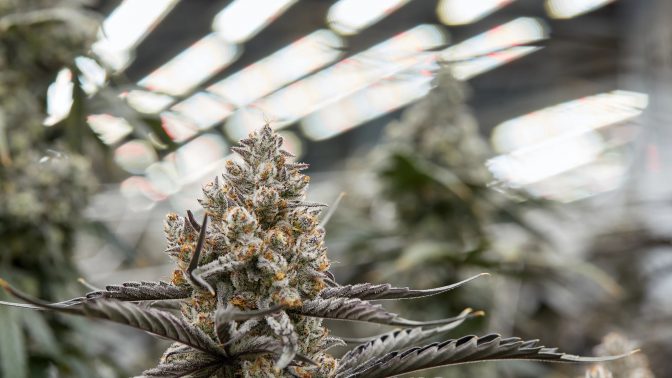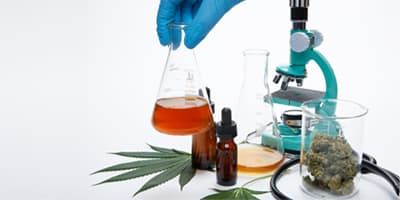So you want to buy weed.
Maybe you're a first-timer, or might as well be, because the last time you smoked pot Ronald Reagan was president. It's OK, there's no shame. And with recreational marijuana use now legal in California for adults 21 and older, you can breathe a little easier, and yes inhale, at the idea of unwinding with a little herb. But before you hightail it to your nearest dispensary, there are a few bits of information that may help you along the way.
Where and How to Buy
Adults 21 and older can legally purchase marijuana at retailers licensed by the California Bureau of Cannabis Control, which regulates adult use in California and oversees business licensing. The bureau has a list of licensed retailers on its site, and Weedmaps offers a user-friendly search tool to find local dispensaries.
With marijuana's still-illegal federal status, dispensaries don't have many options when it comes to banking institutions, which face penalties of handling these businesses' money. In other words: Bring cash. While some dispensaries may take debit cards, don't count on it. There's nothing sadder than an enthusiastic dispensary shopper that has to leave empty-handed for lack of appropriate payment. In addition to cash, make sure you have a valid government-issued ID with you to prove your age. Out-of-state identification is OK.

How to Consume
Adults 21 and older can use, smoke, vape, eat, and otherwise consume cannabis flower, concentrates, edibles, drinks, tinctures, and topicals on private property. Though keep in mind that landlords have the right to ban use on their property. Adults can also plant, harvest, dry, and process up to six cannabis plants at their residence.
What Isn't Allowed
Of course, just because marijuana is legal in California doesn't mean there aren't any rules. In addition to the age limit, there are some usage rules, too. Don't vape, smoke, or pop an edible in public places – stick to private property like your home. Also, don't use marijuana within 1,000 feet of schools, day-care centers, or youth centers when children are around.
The maximum amount of cannabis you can buy and have at any given time is an ounce, or 28.5 grams. For concentrated cannabis, that number is 8 grams. It's illegal to have an open container of it in the car. Make sure it is in a sealed package, or better yet, in the trunk. Along those lines, don't go driving all over town while using cannabis. You can still get a DUI. Also, don't cross state lines with marijuana – even to a state where it's legal. There are penalties in the form of fines and even jail time for not abiding by the rules, so make sure to stick to them.
First-Time Use
If you've never taken a hit or bitten into a marijuana brownie before, your personal mantra should be: Go slow. Even if you've done it in the past, things have probably changed since then. Growing methods are different and marijuana is stronger now. There's really no rush. Going too much, too fast will not be a pleasant experience at all. Dispensary budtenders can help lead you to a good entry-level product. Remember that if you go the edible route, these products can take an hour or so to kick in, so be careful not to overdo them. Take your time and ask questions about specific products while at the dispensary. It might take a little trial and error to figure out what works best for you, but if you go low and slow, it should be a pleasant journey.
Cannabis Legalization in California
California voters in November 2016 passed Proposition 64, which legalized the sale and use of recreational cannabis for adults 21 and older. On January 1, 2018, Medicinal and Adult Use Cannabis Regulation and Safety Act (MAUCRSA) took effect and officially allowed recreational marijuana sales in California. Medical marijuana has been legal in the state since 1996. It's important to note, however, that cannabis is federally considered illegal under the Controlled Substances Act, which classifies it as a Schedule I drug. There are currently some efforts in Capitol Hill to change this or at least protect states that have legalized marijuana, against federal enforcement.




